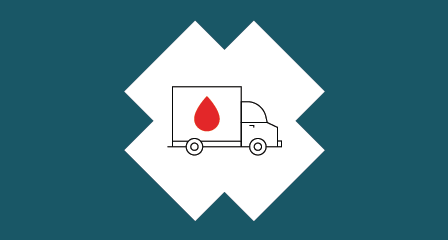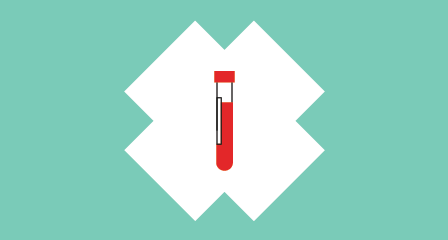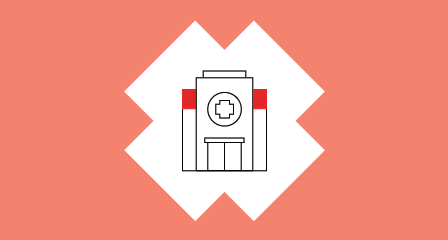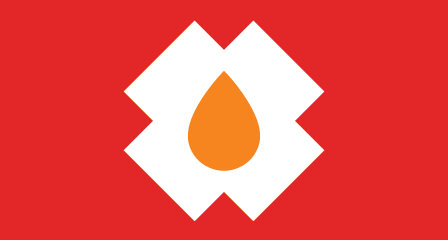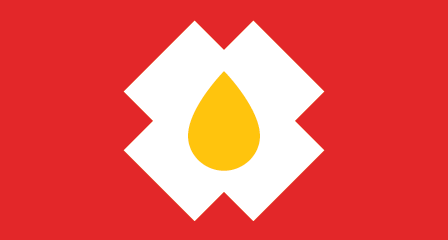Don’t have an account?
Select the donation type you’d like to make
Watch the journey of blood
The journey of blood
Before your life-saving donation reaches people in need, it goes through a complex process to ensure we maintain one of the safest blood supplies in the world. Watch this video for an overview.
How your blood makes a difference
After you donate, we’ll send you a text message to let you know which hospital your blood donation goes to.
Know the power of plasma
The power of plasma
Curious about how this special part of your blood takes a slightly different journey? Watch this video for an overview, and discover how plasma is a game-changer when it comes to donating blood.
